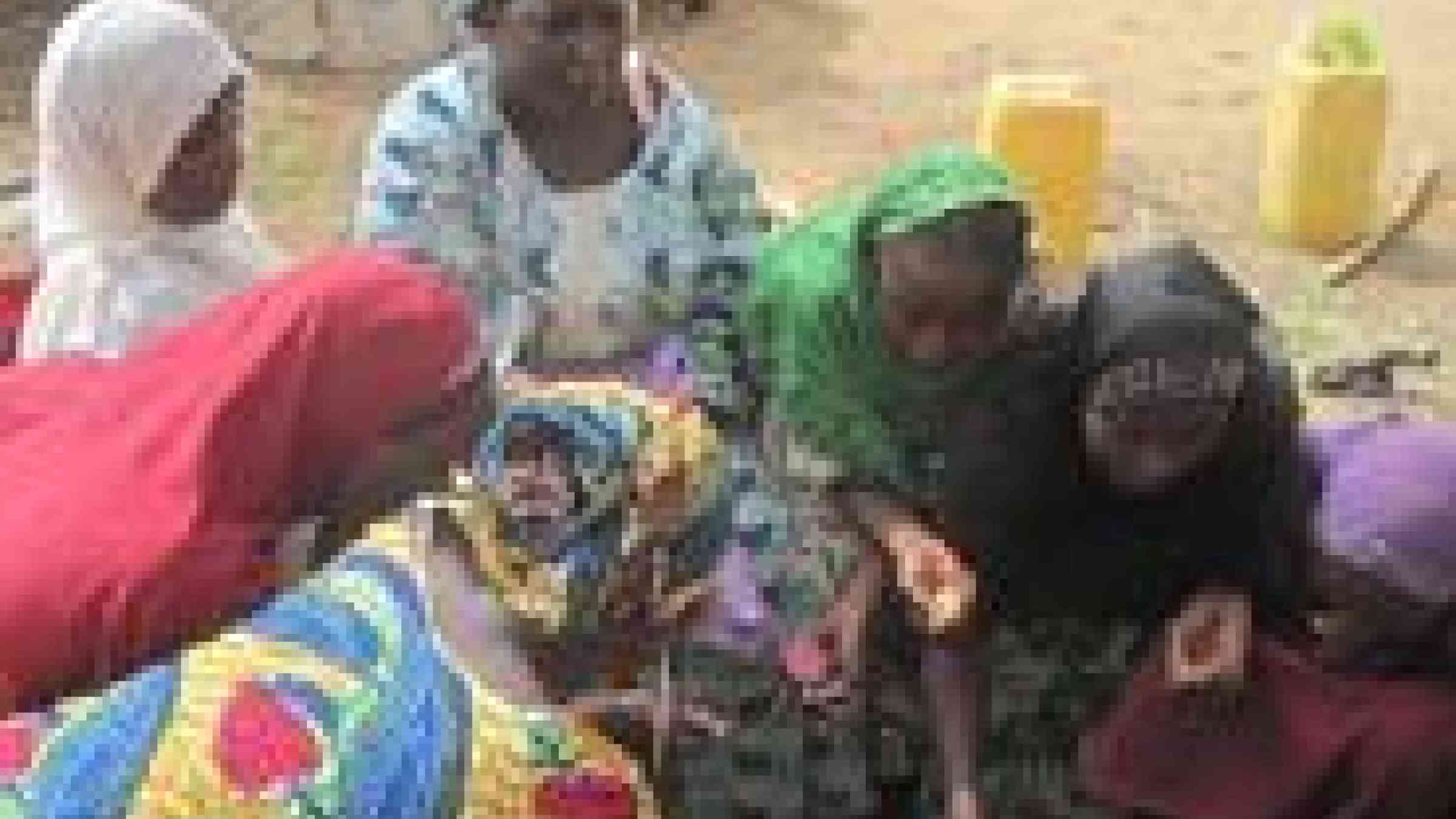Please help us improve PreventionWeb by taking this brief survey. Your input will allow us to better serve the needs of the DRR community.
ODI: A big month for disaster resilience in the post-2015 development agenda

photo by flickr user Pencils for Kids, Libore, Niger, CC BY-NC-ND 2.0 http://www.flickr.com/photos/pencilsforkids/6793039595/
It is a big month for disaster resilience. On the 9th-10th October, Ministers of Development and Finance gather in Japan for the Sendai Dialogue, where Jim Kim (World Bank), Jun Azumi (Japan’s Finance Minister) and Christine Lagarde (IMF) will be among those considering how to build disaster resilience in ‘at risk’ countries. The 13th October is International Day for Disaster Reduction, with the focus being on the role that women and girls play in forging resilience and from the 22nd – 25th October, a large turnout is expected in Yogyakarta, Indonesia for the 5th Asian Ministerial Conference on Disaster Risk Reduction.
While it is a big month, it has also been a big year. Disaster risk management has been a headline topic for the Mexican Presidency of the G-20, the Intergovernmental Panel on Climate Change released its Special Report on Extreme Events and Disasters and the Rio+20 meeting highlighted disaster resilient societies as one of eight dimensions of sustainable development.
While such profile is refreshing for those working to manage disaster risk, the reality is the future of disaster losses looks bleak, at least in the short-to-medium term. As Niger, Nigeria and other Sahel countries battle their worst flooding in decades after a period of serious drought, many now recognise that climate change is make hot days hotter, heavy rain heavier and altering the timing of previously predictable seasons. While direct impacts on the poor and vulnerable are serious, indirect impacts through higher food prices, resulting from severe drought affected US grain production, might be even worse.
Strengthen[ing] resilience requires drastic action to cut greenhouse gas emissions, disaster and climate risks factored into economic and development policy, effective national policy and regulatory risk management frameworks and critical advances in addressing the drivers of disaster risk (poverty, vulnerability, conflict, unplanned development, missing basic services and access to land).
Disaster resilience must therefore become a priority for the post-2015 development agenda, in whatever form it takes. If not, by 2030 economic growth will be severely undermined and poverty may well be rising rather than getting to zero.
Two new reports from ODI highlight the critical opportunity for integrating disaster resilience across emerging international policy frameworks and the set of options for including it in post-2015 goals.
ODI researchers will continue to work with partners to make the case and strengthen the evidence base for inclusion of disaster resilience in the post-2015 development agenda.
Outputs:
Options for including disaster resilience in post-2015 development goals
Resilience: A risk management approach
Transforming disaster risk management: a political economy approach
Disaster risk management in post-2015 policy frameworks: forging a more resilient future
The relevance of ‘resilience’?
Climate extremes and child rights in South Asia: a neglected priority
Explore further
Please note: Content is displayed as last posted by a PreventionWeb community member or editor. The views expressed therein are not necessarily those of UNDRR, PreventionWeb, or its sponsors. See our terms of use
Is this page useful?
Yes No Report an issue on this pageThank you. If you have 2 minutes, we would benefit from additional feedback (link opens in a new window).